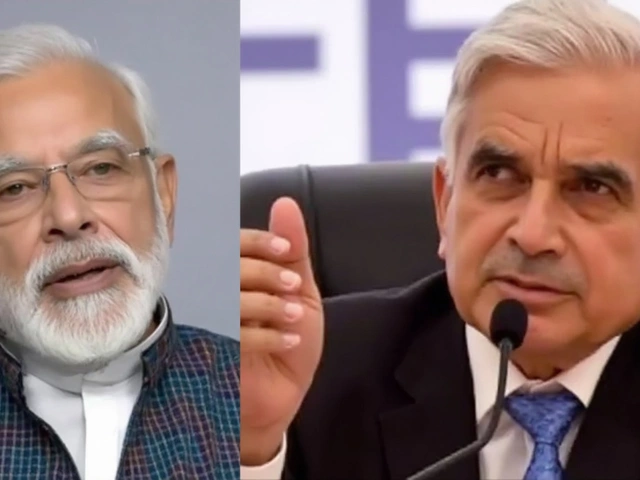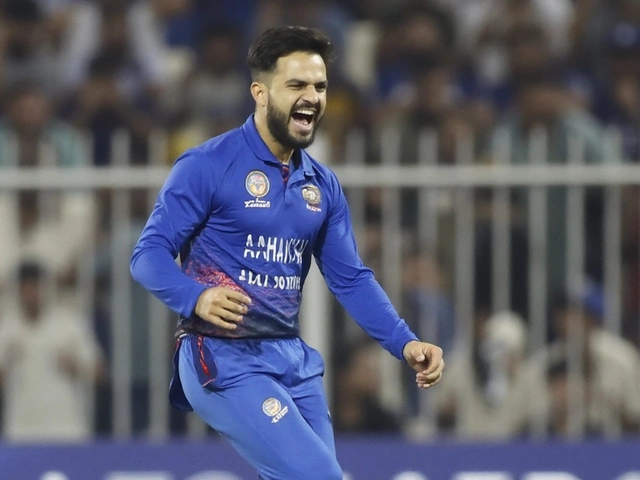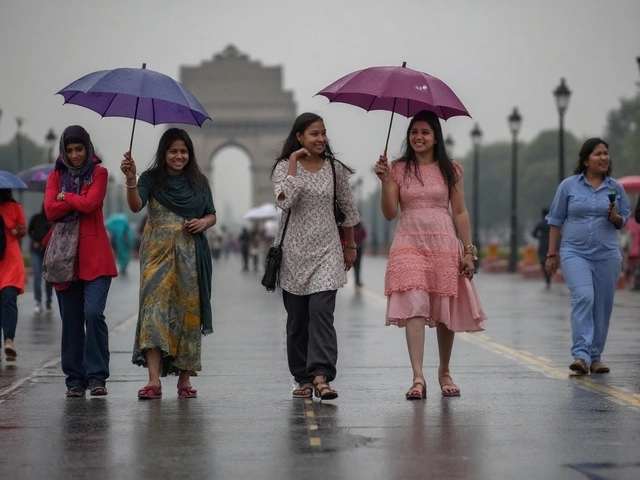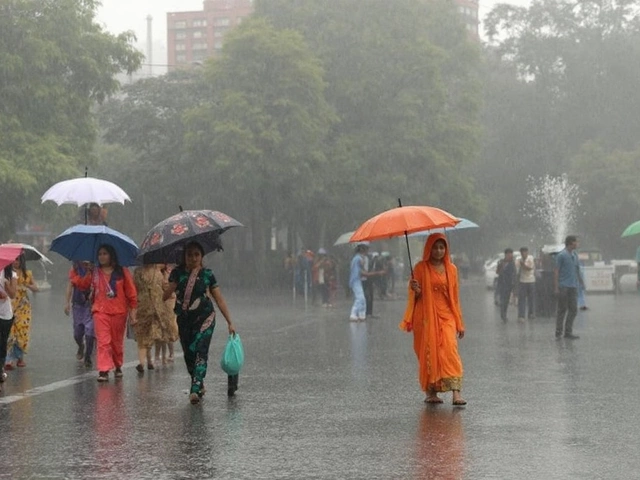Monsoon Arrives Late but Fierce: Uttar Pradesh Braces for Heavy Downpours
When the Indian Meteorological Department (IMD) puts more than 40 districts of Uttar Pradesh on high alert, you know the rains aren’t going to hold back. The long wait for the Southwest Monsoon finally ended on June 18, but it arrived about five days late, rolling into southern districts before making its presence felt farther north. For weeks, folks from Varanasi to Lucknow sweated through a heatwave, watching the sky for signs of rain. Now, with the monsoon charging through, relief comes with its own set of dangers.
The IMD has issued clear warnings for districts like Lucknow, Sonbhadra, Ballia, Mau, and Ghazipur. Rainfall on June 18 started as a gentle drizzle but quickly picked up momentum. What’s driving this sudden intensity? There’s a well-marked low-pressure system that formed over Gangetic West Bengal, marching west-northwest and drawing moist air into Uttar Pradesh. IMD’s own Atul Kumar Singh has said that residents can expect not just rain, but bouts of very heavy rainfall packed with thunderstorms and lightning from June 19 to June 22. Don’t be surprised if you wake up in the middle of the night to the roar of rain and the crackle of thunder.
Living on Alert: From Flood Risks to Building Safety
Amidst the steady drum of rain, there’s more than just the risk of getting wet. The state government isn’t mincing words—it’s telling people to watch out for lightning, which turns deadly almost every year, especially during the first few weeks of the monsoon. There’s also genuine concern about older, rundown buildings. When water seeps through cracks and flooding creeps in, structures on the brink can give way. City officials and rural administrators have been told to keep emergency plans handy, with teams on call and shelters prepped for families who might need to evacuate in a hurry.
While monsoon rains bring welcome relief from sweltering heat, they’re a double-edged sword. Eastern Uttar Pradesh stands out, with forecasts hinting at very heavy rainfall on June 20 and 21 in these parts. For towns built on low-lying land, the risk of sudden flooding is real. Roads can disappear under water, homes can get cut off, and local businesses might shutter until things dry out.
By June 30, if forecasts hold, the monsoon should sweep across the entire state. But in the meantime, daily life shifts into cautious mode. Students watch for school closures, farmers scramble to shield vulnerable crops, and city workers clear out drains to stop waterlogging before it starts. And while the mercury has dipped in a few places thanks to early showers, many regions in Uttar Pradesh are still sweating—heat lingers outside of the storm’s reach.
So, umbrellas are out, warning messages buzz on phones, and district hotlines light up through the night. For most people, it’s a tense balancing act: grateful to the rains for breaking the heat, but watchful for what the monsoon might wash in next.








